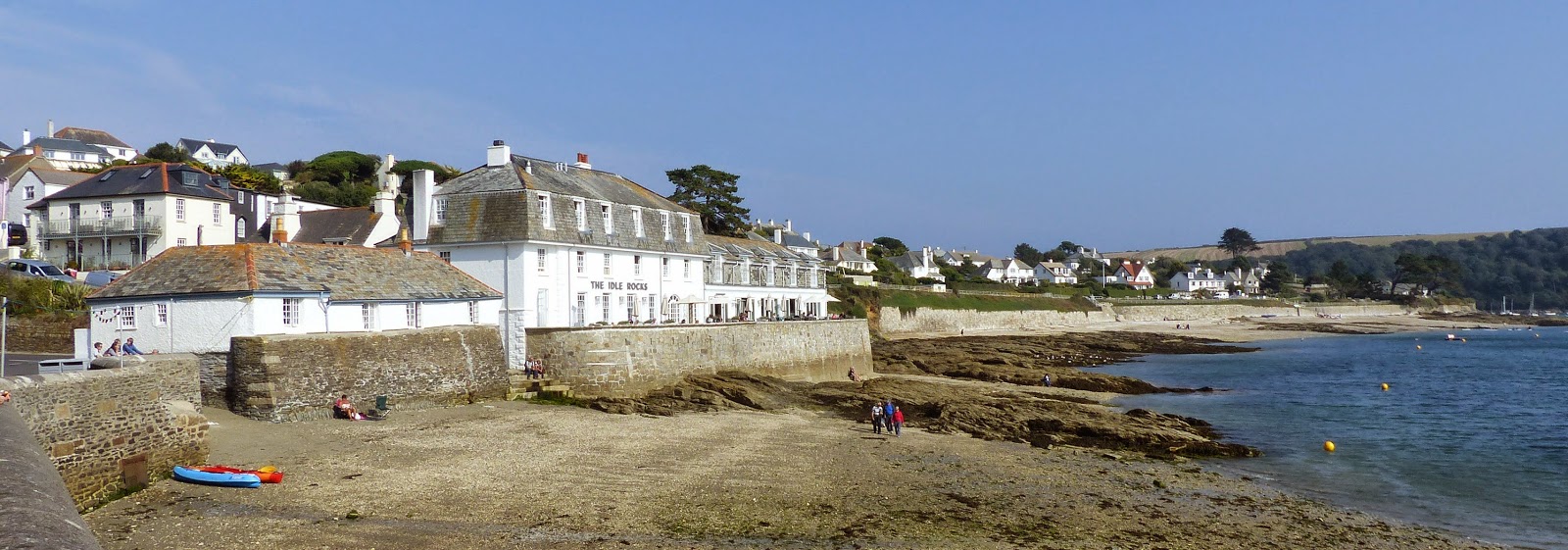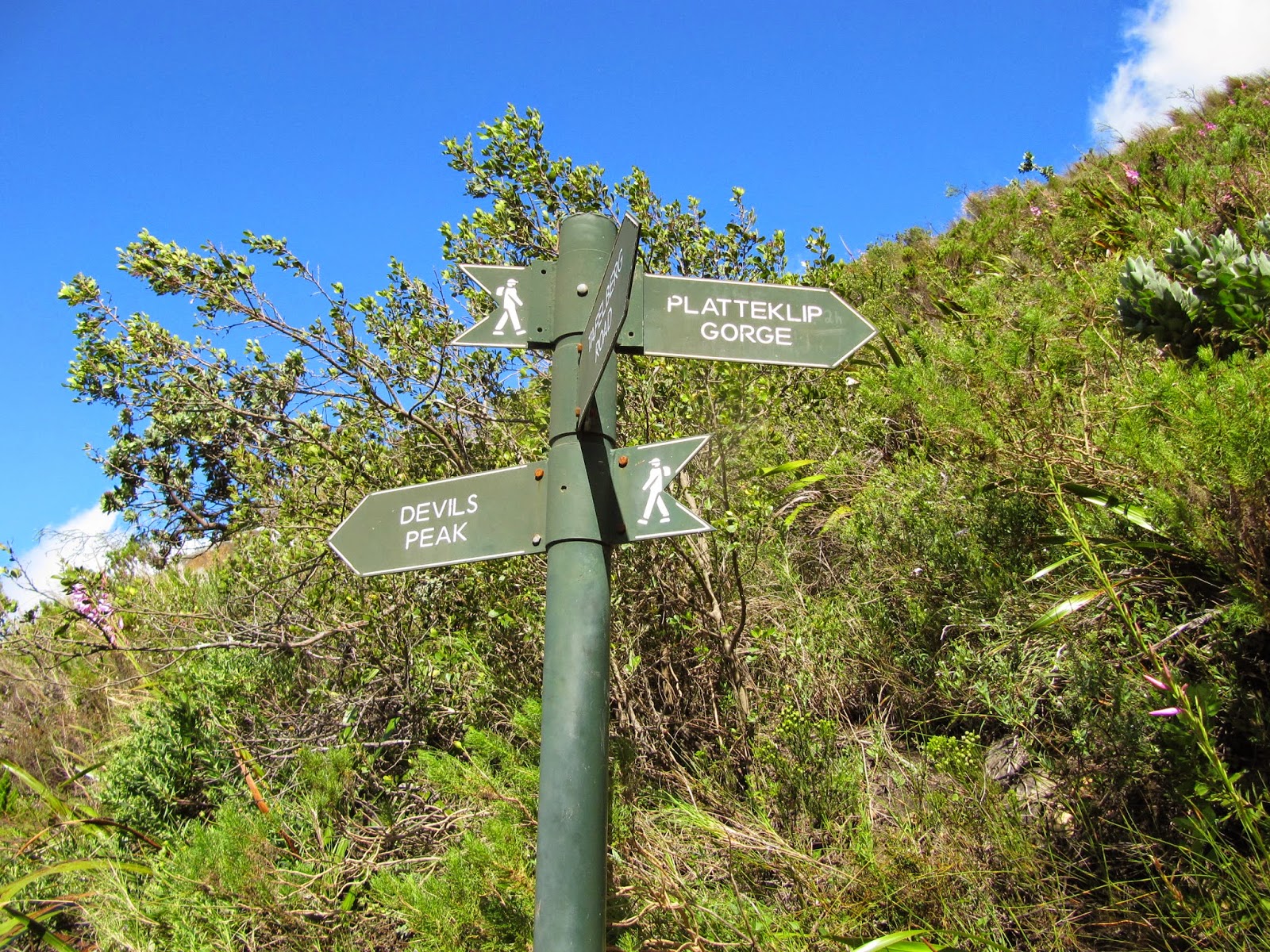There has been much discussion recently on the relative energy efficiencies of various comminution machines, and this is as it should be, as comminution is such a high consumer of energy.
But does the type of particle breakage mechanism have an effect on subsequent processes, notably flotation? This is the subject of an interesting paper by workers from Australia's JKMRC, recently published in Minerals Engineering.
Stirred mills have been widely used for regrinding, and are acknowledged to be more energy efficient than tumbling mills, but these two types of mills present different particle breakage mechanisms during grinding. In the study, the effect of regrinding by both mills on surface properties and subsequent mineral flotation was studied, using chalcocite as the mineral example. A rod mill and a stirred mill with the same stainless steel media were used to regrind rougher flotation concentrates. Different chalcocite flotation recovery was achieved in the cleaner stage after regrinding in tumbling and stirred mills. The factors contributing to the different recovery included particle size, the amount of created fresh surfaces, surface oxidation and the redistribution of collector carried from rougher flotation.
It was determined that the predominant factor was the different distribution of collector resulting from different particle breakage mechanisms in the stirred and tumbling mills. In the tumbling mill, the impact particle breakage mechanism predominates, causing the collector to remain on the surface of newly produced particles. In the stirred mill, the attrition breakage removes collector from the surface, and decreases particle floatability. Furthermore, the type of grinding media in the stirred mill also influences the subsequent flotation, again due to the change of particle breakage mechanisms. The chalcocite flotation recovery was improved by the addition of more collector in the cleaner stage. More collector addition was required after regrinding in the stirred mill than in the rod mill to restore the flotation recovery to the same level.
The authors conclude that the selection of regrinding mills and grinding media should not only depend on the required energy efficiency, but also on the properties of the surfaces produced for subsequent flotation.
But what do you operators think? How significant do you think this effect on downstream performance might be compared with the economics of energy consumption? Has anyone else researched or observed the effects mentioned in the paper?
To me it is another good example of how comminution and flotation are inextricably linked.


























































.jpg)













